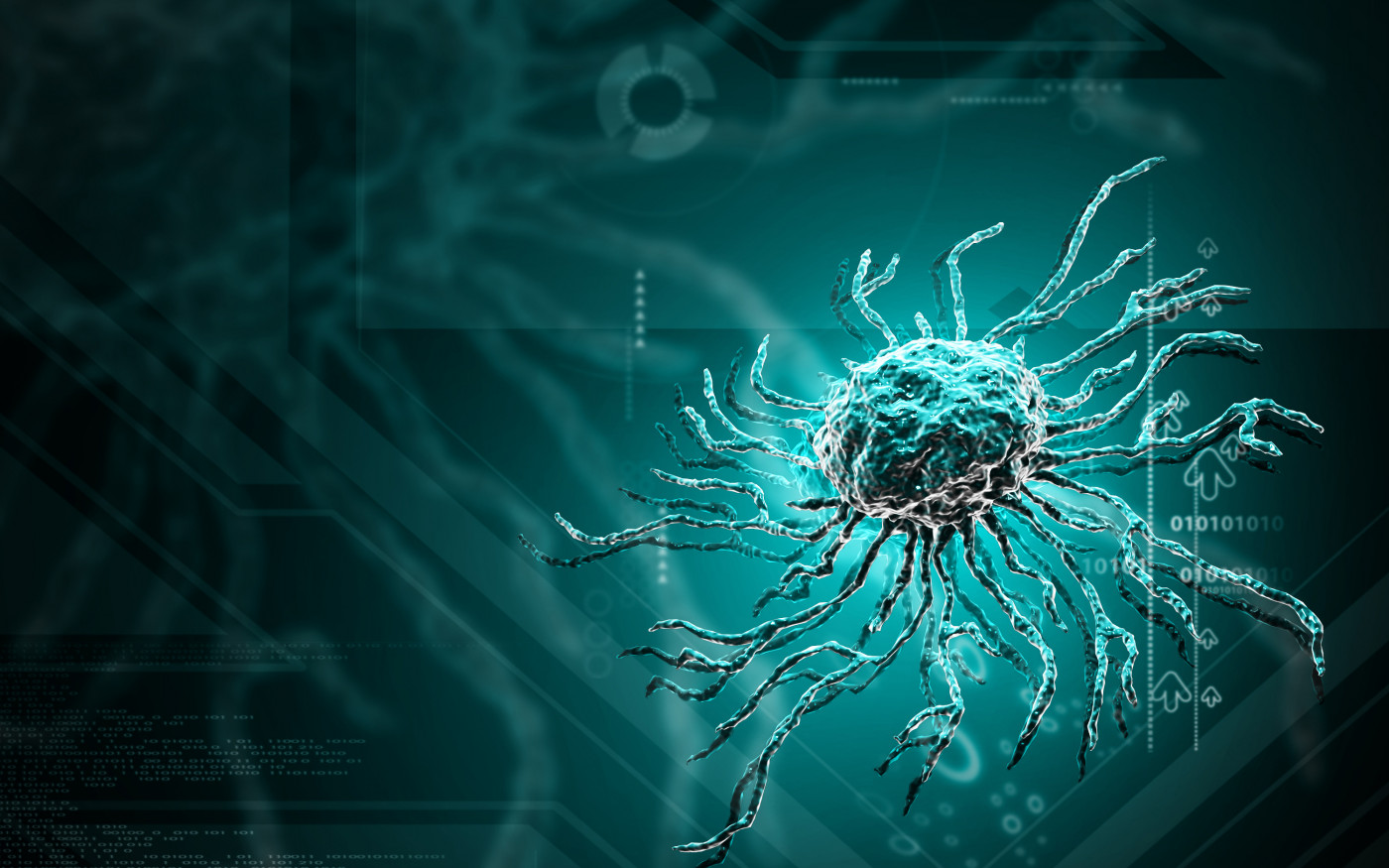#AAN2018 – Blood Stem Cell Transplant Superior to DMDs in Highly Active RRMS, MIST Trial Shows

Autologous non-myeloablative hematopoietic stem cell transplant was found to be significantly better at reducing risks for disability in relapsing-remitting multiple sclerosis (RRMS) patients compared to disease-modifying drug (DMD) therapies, interim results of the MIST clinical trial show.
The results will be shared at the 2018 Annual Meeting of the American Academy of Neurology, in a presentation titled “Non-myeloablative hematopoietic stem cell transplantation (HSCT) is superior to disease modifying drug (DMD) treatment in highly active Relapsing Remitting Multiple Sclerosis (RRMS): interim results of the Multiple Sclerosis International Stem cell Transplant (MIST) Randomized Trial.”
Autologous non-myeloablative hematopoietic stem cell transplant (HSCT) previously was reported as a safe and effective therapy leading to long-term improvements in neurological disability in patients with RRMS.
This stem cell transplant strategy uses a patient’s own healthy bone marrow stem cells (aka autologous) together with a much less aggressive combination of chemotherapy and/or radiation (non-myeloablative) to prepare the patient for the transplant.
In the Phase 3 clinical trial MIST (NCT00273364), a team of researchers evaluated how non-myeloablative HSCT compares to continuous DMD therapy.
They randomized a group of 110 RRMS patients being treated with DMDs, but who relapsed at least twice in the year before randomization into two groups: one group (55 patients) received a chemotherapy drug (cyclophosphamide, sold under the brand name Cytoxan, among others) plus a suppressant of the immune system (to prevent HSCT rejection), followed by HSCT; the control group (55 patients) continued treatment with the most appropriate DMD prescribed by their neurologist.
Researchers analyzed the rate of treatment failure — defined as an increase of at least 1.0 point six sustained for at least 6 months, in the Expanded Disability Status Scale (EDSS).
“Patients on DMDs who failed after at least 1 year of treatment were allowed to crossover to HSCT,” researchers wrote.
A wide-selection of DMD therapies was included in the control group: interferons; Tysabri (natalizumab); Tecfidera (dimethyl fumerate); Gilenya (fingolimod); Copaxone (glatiramer acetate), and Novantrone (mitoxantrone).
Other immune drugs in the control arm included corticosteroids, Cytoxan (cyclophosphamide) and Rituxan (rituximab).
After a mean follow-up of three years (ranging from one to five years), the results showed that treatment failure reached 60% of the population in the DMD control group (30 out of final 50 patients), compared to 6% (three out of 52) in the HSCT group.
Also, in the first year after HSCT, mean EDSS improved from 3.5 to 2.4, while it worsened from 3.3 to 3.9 in the control arm.
Overall, these findings support that HSCT’s effectiveness was a superior therapeutic compared to continued DMD treatment in RRMS patients with more than two relapses a year.






